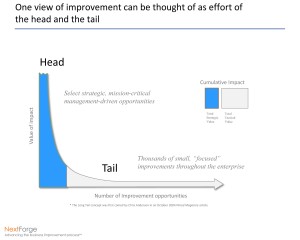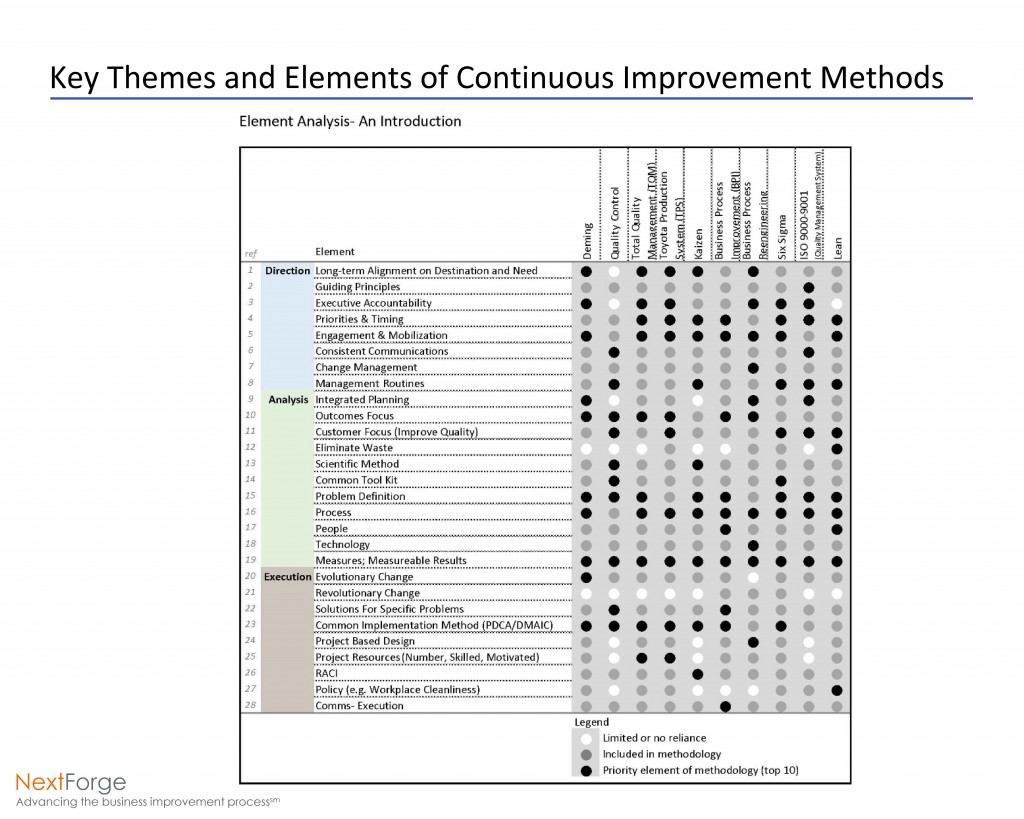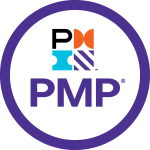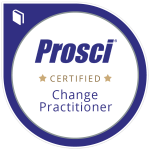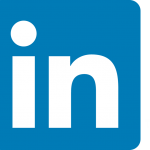Excellent firms don’t believe in excellence- only in constant improvement and constant change.
Tom Peters
How do you think about improvement in and around your company?
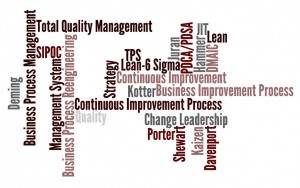
There are countless choices for thinking about continuous improvement, from Deming’s quality movement to Hammer’s process reengineering to Toyota’s TPS. More recently, “lean” has entered the lexicon and combined with previous methods as well as emerging methods (e.g., lean six sigma, lean agile).
The most commonly overlooked first step in any improvement program is to be clear on your objective. For example, are we working to reduce costs within a particular function? Or, are we trying to innovate for risk-reduction in the field? Or, are we trying to satisfy leadership’s mandate to fully integrate the most recent acquisition?
We were recently asked by a client, who had no structured approach to improvement, to help them think through continuous improvement; like any good consultant, we started with a bit of research.
What are your options?
Judging from the pop business publishing industry, there are dozens of unique, competing methodologies to follow depending on your strategy, your point of departure, and your expertise.
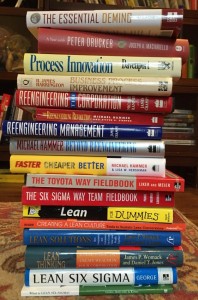 Based on our experience, we know there is quite a bit of overlap across the historic, recently popular, and emerging business improvement methods. We began our client discussion by grouping common concepts within the most prevalent improvement approaches – identifying 28 relatively MECE elements, falling into three areas of focus, or themes. More on this in a bit. First, let’s tease apart the types of work we want to improve.
Based on our experience, we know there is quite a bit of overlap across the historic, recently popular, and emerging business improvement methods. We began our client discussion by grouping common concepts within the most prevalent improvement approaches – identifying 28 relatively MECE elements, falling into three areas of focus, or themes. More on this in a bit. First, let’s tease apart the types of work we want to improve.
For those of us who are DIYers, we work to maintain and improve our homes and yards on nights and weekends. Even those of us who hire others to take care of these chores know there is a continuum of home improvement. There are those that are capital intensive, requiring heavy investment in planning and execution. For example, projects to add a second floor to your house with new bedrooms and baths are on the complex end. On the simpler end of the continuum, spurred by an article on new lighting technology, you might replace your incandescent lights with LED bulbs some Saturday. Stretching Chris Anderson’s observation of a number of industries, we refer of these two types of projects as the head projects (the few, the large, the expensive) and the tail projects (the small, the many, the “minor investment required”). (See exhibit “One view of improvement can be thought of as effort of head and tail.” Also, for a more detailed treatment of the head and tail see our post “Agile framework for go-to-market execution”)
Where do you need to focus?
Continuing with our analogy, enterprise strategic projects tend to be large, periodic, event-driven investments like the bedroom additions – a head activity. An example of a head project within the enterprise setting might be integration of an acquisition. Complex planning and integration, usually crossing organizational boundaries, is required for these head-type projects. Tail efforts, each producing relatively low incremental economic potential, must be efficient and tend to be self-directed affairs; examples include improvement of small-group operations or workflow within a team. Typically, tail projects can be conducted without impacting others outside the team or function – similar to the light bulb changes in the house.
The cumulative business impact of tail projects can exceed that of head projects with lower investment and implementation risk. Additionally, we believe continuous improvement and adjustment to core processes can mitigate the need for the number and size of strategic head projects. Given the potential, we see Continuous Improvement as a tool, a value system, and a set of internal capabilities designed to attack these tail projects in aggregate.
What capabilities do you need?
From a broader adoption perspective, many of the capabilities needed for improvement, whether on head or tail projects, are interchangeable. Familiar frameworks supportive of both head and tail efforts include work process management and responsibility mapping. The skills adopted by former head team members can spread organically as they are released from the project and return to hierarchical roles – trained in the art of what is possible – to apply relevant methodologies to the day-to-day work of the organization. (For more detailed treatment of change elements of adoption see our post “Change Leadership II- Understanding Kotter” for a discussion of the dual-operating system.)
However, development and transfer of problem solving skills does not occur by chance; development of sustainable capabilities must be an explicit, defined outcome of the initiative. Further, a singular focus on capability development without an experiential link is likely to underperform. Traditional training is expensive, and will meet resistance without a tie to “real world purpose.” Building for the future requires projects that deliver immediate-term impact while concurrently building improvement skills. We call this approach to integrated project design “Delivering on Two Fronts.”
As we thought through our client’s request for improvement, we uncovered a need to simplify the myriad of overlapping, sometimes competing improvement models. (Note: We are generally tool agnostic; if a suitable methodology is embedded in a client organization we find it better to build on existing capability than dogmatic adherence to a particular method) In this case, like in many organizations, no one model had been adopted, and the questions were more typically “which one” and “how much sophistication” do we need? What we found was that the best solution may be “parts” of several different models, and there are more than a few capabilities that are central to all of the popular frameworks including:
- Engagement and mobilization of the workforce
- Well-understood and agreed problem statement
- Defined and documented work processes
- Process and output measures
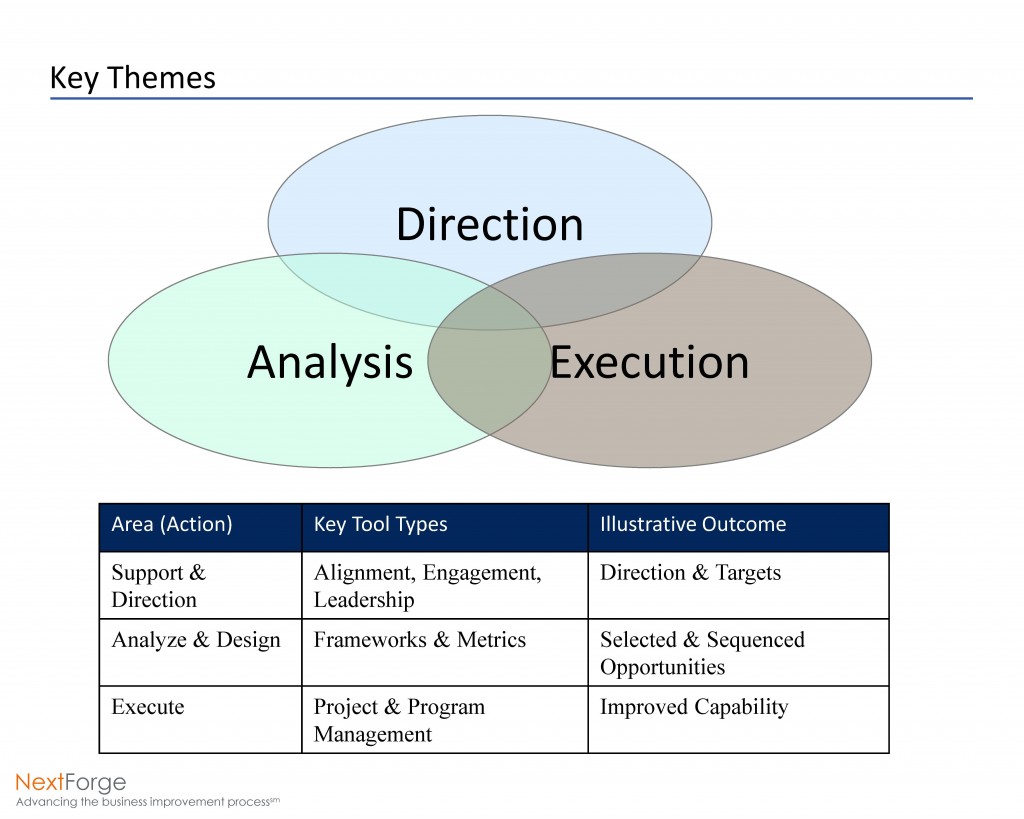 For this client, we simplified the key elements of the most popular methodologies into a few themes. Regardless of the analytics you may use within each of these themes, you will need to address each one to a greater or a lesser extent, depending on your organization’s level of continuous improvement maturity:
For this client, we simplified the key elements of the most popular methodologies into a few themes. Regardless of the analytics you may use within each of these themes, you will need to address each one to a greater or a lesser extent, depending on your organization’s level of continuous improvement maturity:
- Direction
- Analysis
- Execution
We always recommend keeping in mind one of our foundational beliefs – everything should be focused on business outcomes.
How to think about improvement- detailed capabilities
We have identified nearly 30 key elements proposed by the most common methodologies (See exhibit “Key Themes and Elements of Continuous Improvement Methods”). Each element represents a distinctive capability that are uniquely combined and emphasized to define a particular methodology. We have applied our judgement to identify what we believe are the “top 10” core elements list (indicated by a prevalence of solid Harvey balls) for each of the 10 popular methods.
If you choose a particular methodology, what do you get?
The matrix can help you understand the relative focus and comparative differences between, for example, Business Process Reengineering and Lean. The difference of the high importance of Executive Accountability associated with Business Process Reengineering (solid Harvey balls) contrasts with the limited focus within Lean (blank Harvey balls).
If you choose a particular capability, what do you need?
Taking a different perspective, you can look at the key element requirements and self-assess your organization (e.g., SWOT) against the elements (rows) of any of the methodologies we have profiled (columns). For those elements identified as strengths, you can see which frameworks will feel most natural; conversely, if you have identified existing weaknesses you know need to be improved, you can see which framework will emphasize development of that capability.
What do you need and when?
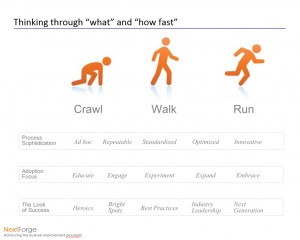 Selecting which elements are most important to your organization depends on: your strategy, where you are in your continuous improvement capability, what you need now, what you will need in the near-term, the split between head and tail projects, etc. – not unlike defining requirements of an information system.
Selecting which elements are most important to your organization depends on: your strategy, where you are in your continuous improvement capability, what you need now, what you will need in the near-term, the split between head and tail projects, etc. – not unlike defining requirements of an information system.
When thinking about the longer term, you should consider not only which elements to add to your capability and in what sequence, but also what is the best mix of execution types (e.g., process, projects, communities) required for various core commercial processes. Also, consider how the execution mix will change through time.
Another consideration is where your organization is vis-à-vis future elements, and its readiness for the required speed of adoption. You should, as we do with our clients, capture this thoughtful planning in a roadmap – defining milestones, business outcomes, capability/element, and capability building over time. (See maturity illustration along several dimensions in the exhibit “Thinking through “what” and “how fast.”)
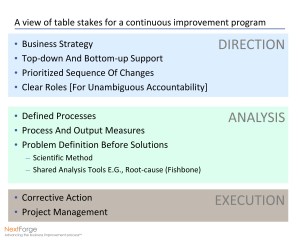 When considering exactly where to begin in this example – establishing a basic set of desired capabilities – we developed an initial continuous improvement profile (disguised) as a starting point for an organization beginning their journey into continuous business improvement (See exhibit “A view of table stakes for a continuous improvement program”). We identified these table stakes as the foundational capabilities our client needed to launch their improvement program while remaining within the context of their business strategy. We began with a cross-functional meeting of all influential managers, assessing existing capabilities, and determining gaps for each of these essential elements.
When considering exactly where to begin in this example – establishing a basic set of desired capabilities – we developed an initial continuous improvement profile (disguised) as a starting point for an organization beginning their journey into continuous business improvement (See exhibit “A view of table stakes for a continuous improvement program”). We identified these table stakes as the foundational capabilities our client needed to launch their improvement program while remaining within the context of their business strategy. We began with a cross-functional meeting of all influential managers, assessing existing capabilities, and determining gaps for each of these essential elements.
In subsequent discussions, we prioritized what was needed (for example, tools and individual skills), and pulled together solutions to develop these needs in head-type projects to simultaneously close priority performance gaps. These head projects, paired with a broader organizational adoption of an improvement mindset, have positioned our client to more efficiently and effectively accommodate business improvement – for both head and tail opportunities.
Good luck with your constant improvement and constant change efforts – in striving for excellence.

